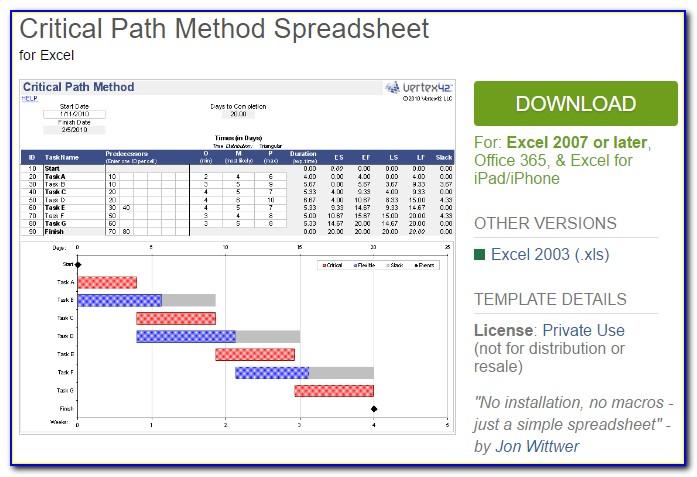
Those risks aren’t sustainable over time, so using WBS when possible is always preferred.Īs businesses amass and need to parse more data within every project as well as to anticipate how data will affect a project after it’s launched, it’s clear that the WBS and attentive planning will continue to be critical elements. Many organizations skip the step of creating a WBS plan, or dictionary, in the interests of nimbleness and agility - or because they are being asked to “build the plane while flying it.” While it’s possible to deliver a project without proper planning and visibility, it will likely take a toll on the team members and, potentially, the ultimately quality of the deliverables. According to the PMI, the Planning Process Group begins with three essential steps: scope planning (3.2.2.2), scope definition (3.2.2.3), and work breakdown structure development (3.2.2.4). In June 1999, the PMI Standards Program issued a project charter to develop the Work Breakdown Structure (WBS) Practice Standard.

The term “work breakdown structure” was introduced in 1993 for applications in corporate and other organizational projects. In 1987, the Project Management Institute, through PMBOK, established work breakdown structures as standard practice for a range of nonmilitary applications. Even civilian contractors working with the DOD must use the appropriate work breakdown structure template. The Work Breakdown Structures for Defense Materiel Items (MIL-STD-881) established work breakdown structures as a standard across the DOD, with templates published for specific military applications, such as aircraft or ships. With PERT as a model, the Department of Defense (DOD) and NASA published the first description of the work breakdown structure process in 1962, but the first reference by name didn’t come until 1968. The team developed a formula to determine tasks and estimate effort needed for a project based on outcome, which became known as PERT (program evaluation and review technique). Navy’s Fleet Ballistic Missile (Polaris) Program was behind schedule and needed help resolving the delay. Managing Work Collections of actionable tips, guides, and templates to help improve the way you work.Solution Center Move faster with templates, integrations, and more.Events Explore upcoming events and webinars.Content Center Get actionable news, articles, reports, and release notes.Partners Find a partner or join our award-winning program.
#Wbs project management template professional

Community Find answers, learn best practices, or ask a question.Learning Center Find tutorials, help articles & webinars.A quarterly roundup of the innovations that’ll make your work life easier. What’s up next A sneak peek at upcoming enhancements.Digital asset management Manage and distribute assets, and see how they perform.Resource management Find the best project team and forecast resourcing needs.Intelligent workflows Automate business processes across systems.Governance & administration Configure and manage global controls and settings.Streamlined business apps Build easy-to-navigate business apps in minutes.Integrations Work smarter and more efficiently by sharing information across platforms.Secure request management Streamline requests, process ticketing, and more.Portfolio management at scale Deliver project consistency and visibility at scale.Content management Organize, manage, and review content production.Workflow automation Quickly automate repetitive tasks and processes.Team collaboration Connect everyone on one collaborative platform.



 0 kommentar(er)
0 kommentar(er)
